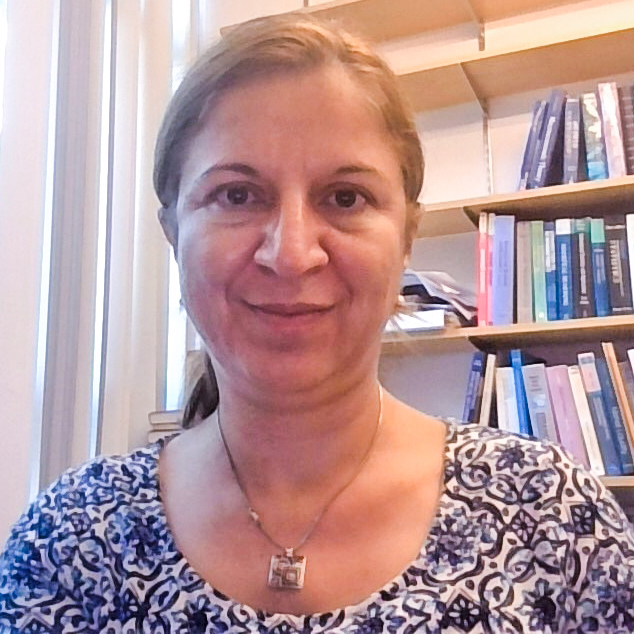From YouTube-hosted lectures to gamifying the classroom, The Learning Curve is a series showcasing how course instructors in the Faculty of Liberal Arts & Professional Studies are embracing the online learning environment with creative approaches to teaching remotely.
In the latest instalment, Tsvetanka Karagyozova, an Assistant Professor in the Department of Economics, tells us about the creative measures she’s taking to keep economics students studying kilometers apart connected to the classroom and each other.
How are you embracing remote teaching?
This term I am part of a team of five economics professors led by Professor Gordana Colby, our course coordinator, who teach a newly redesigned Introduction to Microeconomicscourse. Lectures are delivered asynchronously by the most experienced member of our team, Professor Avi Cohen, and each large section of the class is divided into three smaller groups for weekly 45-minute synchronous, instructor-led seminars.

The goal of these seminars is to give students a taste of economics in action rather than reiterate the material covered in the pre-recorded lectures. One of my favourite active learning activities that I employ in my classroom are online experiments. I’ve substituted the in-class games I would typically run with web-based experiments developed by Charles Holt, a leading experimental economist at the University of Virginia. These online games offer students a chance to gain hands-on experience of how actual markets reach equilibrium, how changes in demand and supply affect the equilibrium price and quantity, and the way price controls affect the market.
These online experiments have students in my classroom really engaged and excited about the course material. It’s been fascinating to witness the activity in our virtual market and read the chat messages students exchange over Zoom.
How has the online learning environment changed your teaching style?
Fostering a sense of belonging is very challenging in the current global pandemic, particularly for international students who were not able to travel to Canada. With the Department of Economics being home to the largest number of international students in the Faculty, I’ve made an effort to reach out to them and convey the message that they’re an integral part of the York community.
As an icebreaker at the beginning of the term, I played our cheery “Welcome to York’s Department of Economics” video — a production which shares nuggets of wisdom from current students and alumni to first-years. It was wonderful to play the video on the first day of classes and to see all the messages of appreciation flood the Zoom chat.
While the video was predominantly intended to welcome our incoming students, it was also an opportunity to reach out to current students and alumni, send a message of support and enable them to contribute to our community in a meaningful way. I hope the project contributes to building intergenerational links among our students which, further down the road, can facilitate students’ transition from an academic to a professional life.
What has been the biggest challenge of remote teaching?
Engaging students in a large classroom is challenging, especially in an online format. In the absence of visual cues to gauge their understanding of the topic, I’m using tools such as Zoom polls, reactions, chat messages and a classroom response system to both engage students with the material and solicit feedback.
What’s something new that you’ve learned from your experiences teaching remotely?
Teaching online courses has made me understand how much some of our students appreciate the flexibility that online instruction offers to them. Last summer, when many of my international students were learning from their home country (some with significant time differences), lecture recordings became essential for my classes. My students often expressed how much they enjoyed being able to watch the recorded lectures from the comfort of their home and at their convenience.
